According to ZipRecruiter, the average annual pay for a Performance Marketer in the US is $60,000 (stats as of March 2021).
Naukri, India’s biggest job portal, has listed close to 42,572 job openings for Performance marketers. That should give you an idea of how big the opportunity is for Performance marketers.
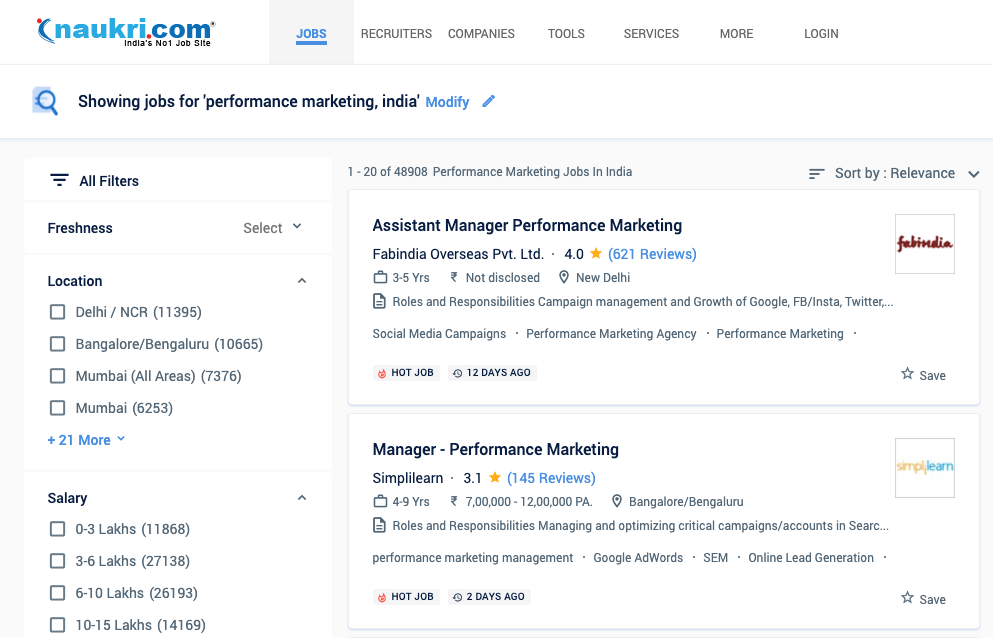
‘Performance marketing’ is one of those terms that is intentionally made to sound complex.
But with this introductory, comprehensive guide, I’m going to help you understand everything about performance marketing in layman’s language.
Mind you, performance marketing as a whole is a vast topic. In this guide, I’m mostly going to focus on Performance marketing for paid media.
So, let’s get started.
What is Performance Marketing (Performance marketing meaning)
Performance marketing, as it sounds, is marketing based on performance.
It has changed the way companies and individuals look at advertising and marketing. It has allowed them to take better decision based on results.
The best thing about performance marketing is the ability to measure. This ability allows you to experiment with tons of stuff with a ray of hope.
From brand reach to cost per acquisition, you can measure everything.
Performance based marketing can also be called Data-driven marketing because that’s exactly what it does.
Let’s make a comparison between traditional & performance marketing, and to be able to do that, let’s go back in time.
Now, compare traditional newspaper ads with performance-based paid ads.
When it comes to newspaper or magazine ads, people mostly notice and read advertisements that are very catchy to their eyes, but the advertiser is forced to pay an amount associated with the total audience size of the newspaper or magazine.

In the case of paid ads, you only end up paying when a person engages with your ad.
It doesn’t mean traditional marketing is terrible or doesn’t get you results, but it means you’re mostly praying that it will drive leads and sales.
You can only estimate results at the end of the day, but you can’t guarantee them.
The same goes with Performance marketing, you cannot guarantee the estimated results, but you only pay for the results generated and that makes a huge difference in ROI.
Performance marketing puts the power back in the hands of the advertiser.
Advertisers end up paying only when a specific action occurs. It can be for an impression, click, lead, sale, etc.
Evolution of Performance Marketing
Performance marketing was born from a need to pay for ROI instead of impressions.
8 to 10 years back, it was all about tools, who could understand and use the tools more effectively.
Today, it’s more about who understands their audience better. The more you optimise and make the customer journey smoother, the better your marketing will get.
As more and more people have started advertising on digital platforms, advertisers are forced to compete for a share of the large pie.
The focus of advertisers today should move from tools to the quality of content, relevancy and uniqueness.
You will only get good results if you tap the right people on the right platform at the right time.
Media buyers have to learn to navigate complex enhanced campaigns.
From desktops, advertisers are now focusing more on mobile optimisations.
Staying on top of Social media platforms updates is a must.
How does performance marketing work (Performance marketing concept)
There are a lot of platforms, and all of them have different sized audiences.
Advertisers are allowed to capitalise on segments of the audience that interests them.
These platforms might have slightly different working procedures, but the framework or foundational logic for all of them is the same.
Let’s understand these performance marketing concepts one by one.
Bid & Audience
There is a pool of advertisers willing to advertise to a specific audience based on their demographics, interests, etc. Since the demand is more than the supply, platforms use a common technique called Bidding.

Advertisers are allowed to bid for an impression or click and whoever bids the highest amount gets to advertise.
That doesn’t mean people who cannot win the bid will never be allowed to advertise. Their systems are smart enough to find different audience sets, placements, etc., during the entire day so, 99% of the time, platforms will show your ads provided your requirements are not very niche.
Relevance
The systems have been going through machine learning, and most of them are already capable of finding the relevancy behind ads.
If you set up ads that are not relevant to the audience you’re targeting, your ads might not show up or might show up less frequently with an increase in costs, which finally makes the advertiser stop them because of the losses.
Quality
Along with relevancy, the quality of the ads matters a lot for all of these platforms offering performance marketing.
User signals decide this quality. How are people reacting to the ads? After clicking on the ad, how are people engaging in the web page, are they reporting the ad as spam, etc.?
Objectives achieved
The economics of performance marketing is based on consumers taking action. When the required action fails to take place, this means the platform doesn’t get paid. So, your ads get displayed more frequently when it starts generating results faster.
Who implements performance-based marketing?
Performance-based advertising is purchased by companies that use the Internet to reach customers.
You can buy performance-based advertising from websites that generate a reasonable amount of traffic, but advertisers primarily focus on big players like Facebook, Google, Youtube, Pinterest, etc.
It can range from companies that sell organic food items to companies that sell premium sports cars.
Media buyers or Performance marketers are the ones who implement performance-based marketing.

These people can be working in house or companies can also outsource these works to specialised performance marketing agencies.
Digital marketing managers also take part in performance marketing.
Performance marketing techniques get the best results when it’s dedicated to people or groups of people whose only work is to buy media because it needs a lot of focus.
There is always a need to staying on top of campaigns and analysing their numbers because even a minor mishap can break the company’s banks.
Different Types of Performance Marketing
Social media advertisement
Marketers have a ton of options to choose from when it comes to Social Media platforms.
You can have different objectives with different platforms, The type of audience will also vary for platforms.

You will find professionals on LinkedIn. Avid shoppers are mostly found on Pinterest and Instagram, etc.
Advertising your product/service on these platforms by purchasing media can be a great way to sell. However, you have the liberty to choose between a lot of platforms.
There are about 10 million active advertisers on Facebook alone.
Native advertising
These are advertisements that adapt to the content and context of the web page. Therefore, they can fit in dynamically. These can be affiliate links or retargeting ads like display ads. Usually, advertisers pay for impression or clicks that are generated from these ads.
Sponsored Content
Online publications and other sites embed content that closely resembles their editorial content but is paid by advertisers. The content is typically identified as “paid” or “sponsored” in some way.
Affiliate Marketing
A revenue sharing method, affiliate marketing, is where the product owner pays a commission to the affiliate when the affiliate’s referral traffic leads to a purchase or completion of a specific action.
Search Engine Marketing (SEM)
SEM is a paid effort to gain brand awareness through search engines.
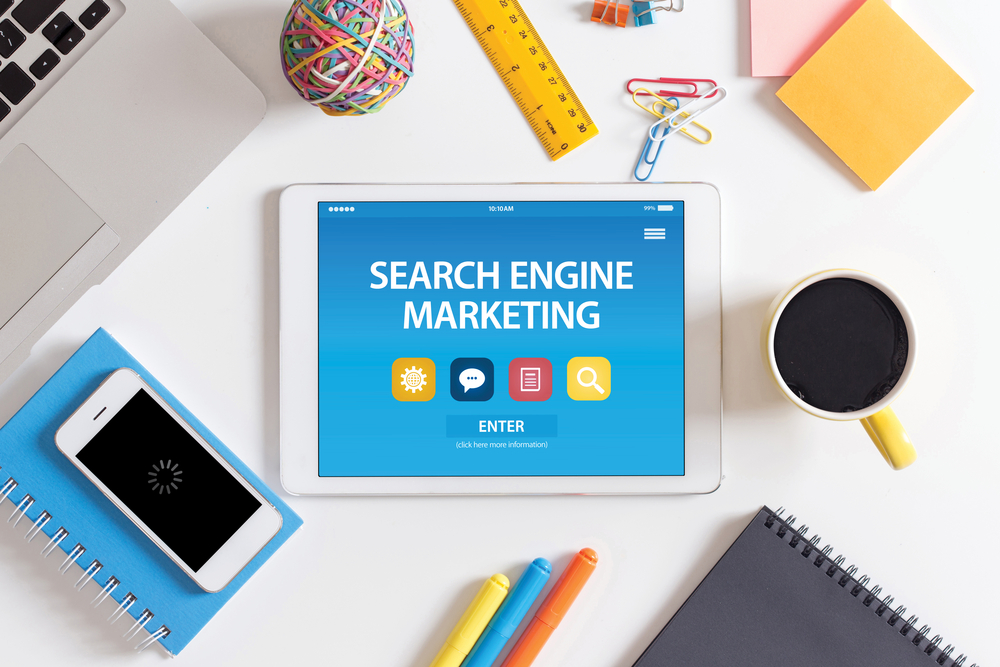
An unpaid version of search marketing, also known as SEO (Search Engine Optimization), where a brand naturally incorporates keywords and phrases often searched by the target audience into its website.
With SEM, brands use search advertising software to choose and target keywords and build ads that appear at the top of search engines above the organic results.
A common tool performance marketers use is Google ads.
Another way of looking at different types is concerning ‘Metrics’.
- Impressions
- Clicks
- Engagement
- Leads
- Sales
Basics elements of performance marketing
Pre-Launch Plan
First things first, before starting any performance marketing campaigns, you should always get goals.
Popular goals are reach, views/impressions, clicks, leads, sales, etc.
Once your goal is set, you should be selecting the channels. Going omnichannel can also be a great idea, depending on your objective.
Next up is competitor research that you shouldn’t miss on.
Fix a budget and allocate them to different channels and campaigns. If it is a brand new campaign, I recommend you start testing out with small budgets and then, depending on the results, start fixing monthly or lifetime budgets.
These were the pre-requisites, but the most important part lies in measuring marketing performance and later reviewing it. If you get this wrong, you won’t be able to optimise or scale. So, make sure you or your team has the skill & bandwidth to monitor them.
Launch

Post-Launch Plan
You have to master analysing data and analytics like a boss. There’s no other way to survive as a performance marketer.
Here’s another blog post on the top 5 skills that a performance marketer should have.
Look at the data thoroughly from different angles and understand what went wrong and what could you do better. It’s best to keep a daily track of important KPIs.
Optimise your campaigns one by one and see the difference in results.
Once you start getting desired results starting scaling it slowly, I would say 20% a week if they’re paid campaigns.
As soon as you do this, there might be an increase in cost as well.
This is when you need to stop and optimise to get back the desired cost.
Repeat the same until you reach a saturation point with a particular campaign or channel.
At the end of the day, it all boils to a customer-centric approach. No matter what strategy you come up with, nothing can beat understanding your audience.
Benefits of Performance Marketing
Easy to track, measure and attribute
Measurement has always been the main factor why people are switching to performance-based marketing. You will be able to track every single impression. It’s not based on estimates. It’s based on actual results.
ROI (ROAS) Focused
This is my favourite part. I’m sure you have heard or seen statements like 2x ROI, 5x ROAS, etc.
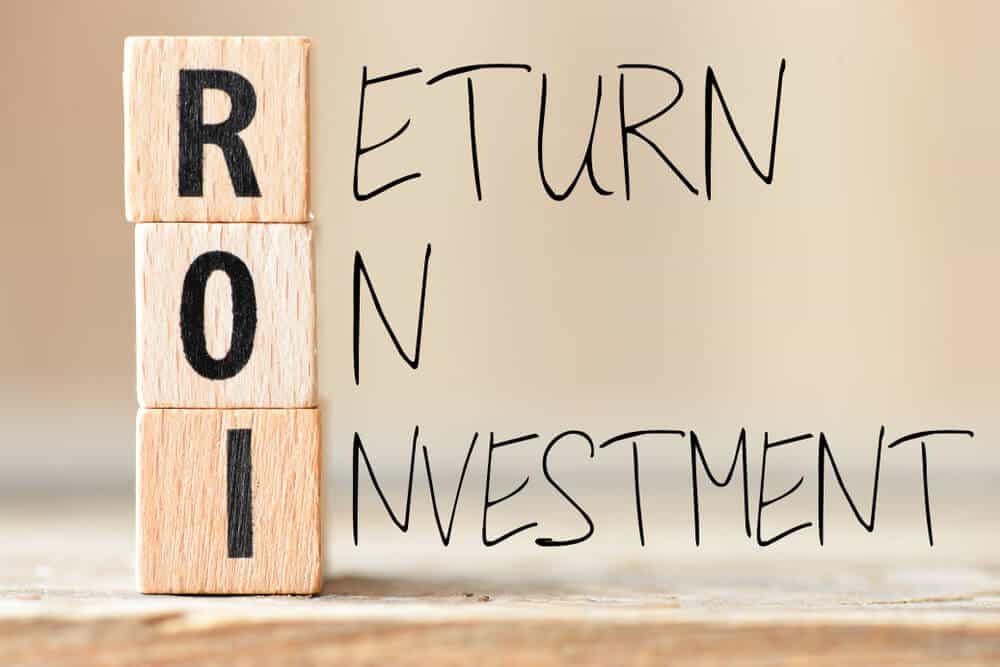
What it exactly means is if you invest 1 INR in performance marketing, you will get back 2 INR or 5 INR, respectively.
Generating ROI is only possible because you can measure it.
Low risk
All the numbers and data is transparent when it comes to performance marketing. Since you can measure most things, you can always play around and see what works for you. I wouldn’t say there is no risk factor here, but definitely, it’s on the lower side.
Ease of Identifying customer problems
Performance marketing allows you to see if your marketing strategy is solving user problems or not.
For example, your landing page has a form with 10 fields, and you notice your conversion rate is low, which indirectly could mean that you should reduce the number of fields or maybe your landing page is loading slowly, etc.
It also gives an idea if you have a product-market fit.
Reach & Scale
With performance advertising, you can reach an audience demographically. This allows you to run local campaigns effectively.
Advertising on social media platforms allows you to tap into their database. For example, Facebook has 2.6B active users, which essentially means the segmented audience size for your interest, target audience can be significant.
You can scale your campaigns by reaching out to more and more audience.
Optimisation tips
User Experience First
No matter which platform or audience you choose to go behind. The user experience should be a priority over sales.

Having a good landing page can do wonders and increase the conversion by significant numbers.
Making the customer journey as smooth as possible is the easiest way to optimise any campaigns.
If you ask me how? I would say talk to your customers and ask them what could have eased their process to purchase.
Go through the customer journey yourself.
Make sure you deliver a good experience even after the sale is made. All of these will help you increase the overall effectiveness of your online campaigns.
Offer
Assuming everything is in place, you might still fail if your product or the offering is not great.
David Ogilvy quotes, “Good products can be sold by honest advertising. If you don’t think the product is good, you have no business to be advertising it.”
The only way to see if an offer works is by testing them.
Make sure you’re very transparent with the offer. Put as many details as possible.
A/B test
Testing and measuring are essential for any good marketing strategy to work.
When it comes to Performance Marketing, try different techniques and strategies for optimising your objectives.
You can also go as narrow as A/B testing ad copies, ad creatives, headline, etc., for a more evident answer to what’s working and what’s not.
Choose the right platform
Choosing the right platform can also solve a lot of your problems. Make sure you select a platform depending on where your target audience is spending most of their time.
Make sure the traffic you’re getting is from reputed sources.
The wrong platform can also lead to your audience thinking twice if you’re legit or not.
Don’t violate rules and regulations
Make sure you adhere to the rules and regulations of the publisher. Performance marketing can only help if you’re building a good relationship with your publisher and the audience.
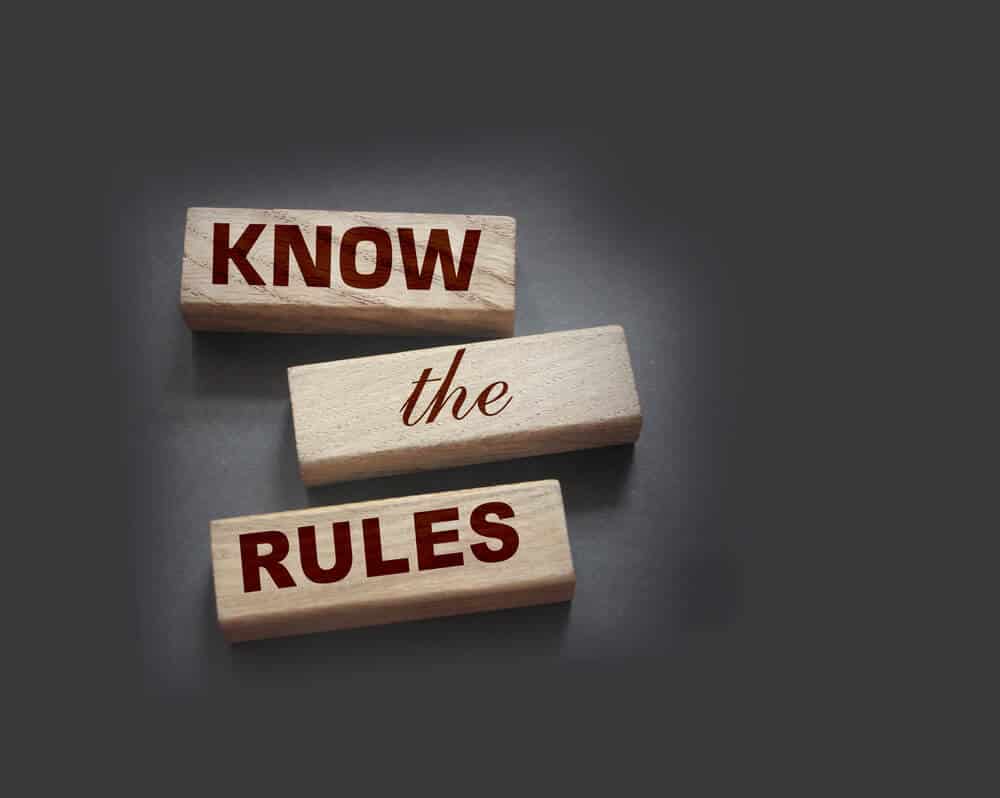
Violation can lead to the publisher banning you.
Make sure that doesn’t happen; otherwise, you will lose a lot of opportunities.
Performance marketing challenges
Bot clicks
Bot clicks have been an issue online advertisers have been talking about for a couple of years now.
Digital campaigns are subjected to bot clicks. It can pollute your actual data and can be a problem when it comes to measuring. Although you can use different methods to measure data accurately, it is always good to have accurate data in the dashboard itself.
Plenty of websites have been using bots to generate fake clicks on advertisements for a lot of reasons. This demotivates advertisers from running performance-based campaigns.
Technology and reliability
All of these campaigns are on the internet and are using different kinds of technology. So there is always a chance that your campaigns can break, get manipulated by technology, etc.
Hence, going omnichannel might help to see which serves your needs the best.
Attribution
Many platforms use last click or single click attribution, meaning if you’re running campaigns on different platforms for a particular product, you won’t know which ad on which platform influenced the customer to buy your product or service the most.

There are chances a YouTube video ad created the maximum understanding of your product or service, but the customer purchased the ad by seeing a Facebook ad.
While knowing where a “last click” came from can help you understand pieces of the customer journey. However, consulting last-click attribution alone neglects the value of other marketing touchpoints made along the customer journey.
Trends & Future of performance marketing
Every form of marketing is constantly evolving, and it’s the same with performance marketing as well.
Before I talk about trends, I would like you to have your foundation and fundamentals of performance marketing in place.
You need to understand that trends are short time.

The competitive space is allowing people to come up with more ideas and eventually creating the trend.
One such exciting trend in Performance Marketing to watch out for is the development and implementation of Artificial Intelligence (AI) and Machine Learning, driving sales, all on a performance basis.
Shopping within social media is going to be a reality. In addition, augmented reality (AR) will make eCommerce marketing much more accessible since people can do trials and then buy what they want.
The future trends are predicted to be mostly on automation, personalisation, segmentation since they’re evolving rapidly. Besides that, you have to keep an eye on the latest feature being rolled out on social media platforms like Instagram.
Cross channel insights are something advertisers are looking forward to. As the amount of money being poured into Performance marketing increases, their expectations of getting a better display and understanding of data also increases.
Identifying which channel’s efforts should be increased by analysing the net impact of marketing campaigns.
Wrapping things up
Performance can be a short term or a long term game depending on the objective and the business type. So both of them have to be looked up in different ways.
Yes, it provides you with the best pricing model for advertising, but it also comes with particular risk and challenges.
Performance marketing can only play a part in your online advertising strategy, but you need a solid marketing funnel in place to make performance marketing work.
I suggest you look at it from a birds-eye view instead of looking at short-term results, mainly because short term goals can be unsustainable with the changing market.
With that, I will wrap up this 3000+ words blog post. Let me know if you have any questions in the comments below.
If you would like to learn more about Performance marketing, automation, paid ads, do sign up for my newsletter.
Frequently Answered Questions (FAQs)
What is performance marketing?
The art and science of measuring, analysing, reviewing & optimising marketing campaigns on a regular interval with data as the base is called performance marketing.
How to measure digital marketing performance?
Depending on the objective of the campaign, it can be measured using KPIs. Example: CPM, CPC, CTR, Leads, Sales, Cost per action, etc.
How to measure social media marketing performance
It can be categorised in to 2 parts. Organic and paid performance.
Reach, impressions, frequency, likes, comments, other engagements, leads, sales, etc. can be the KPIs.
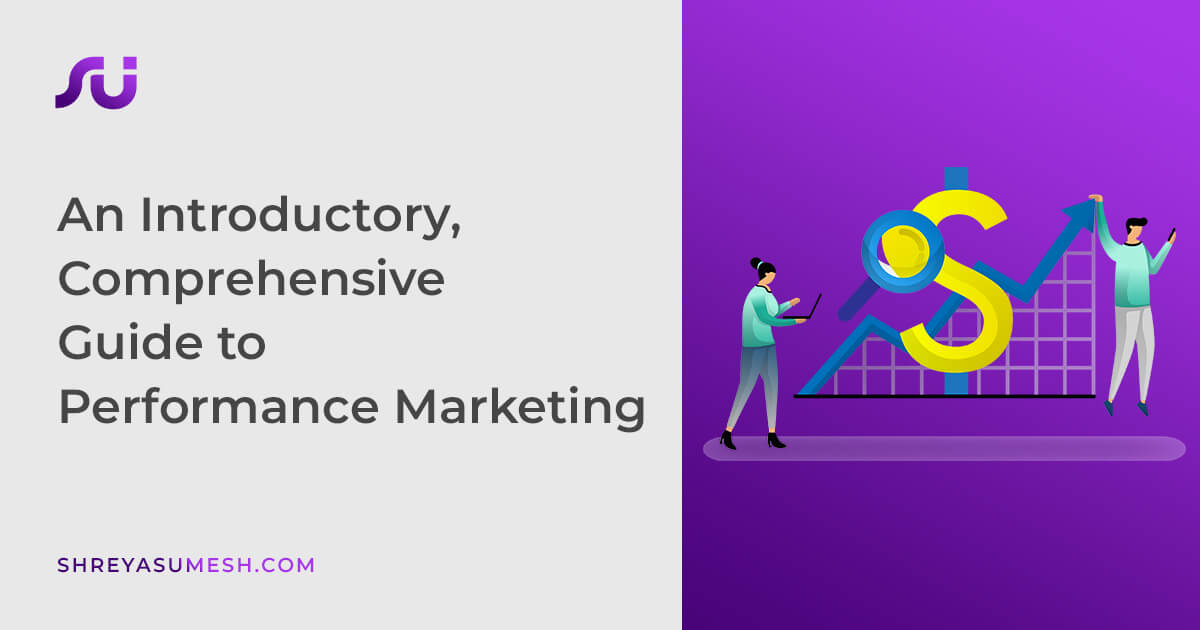
Wow, that’s a great in-depth article for beginners to understand about performance marketing…kudos!!
Thank you Jackson! Glad you liked it.